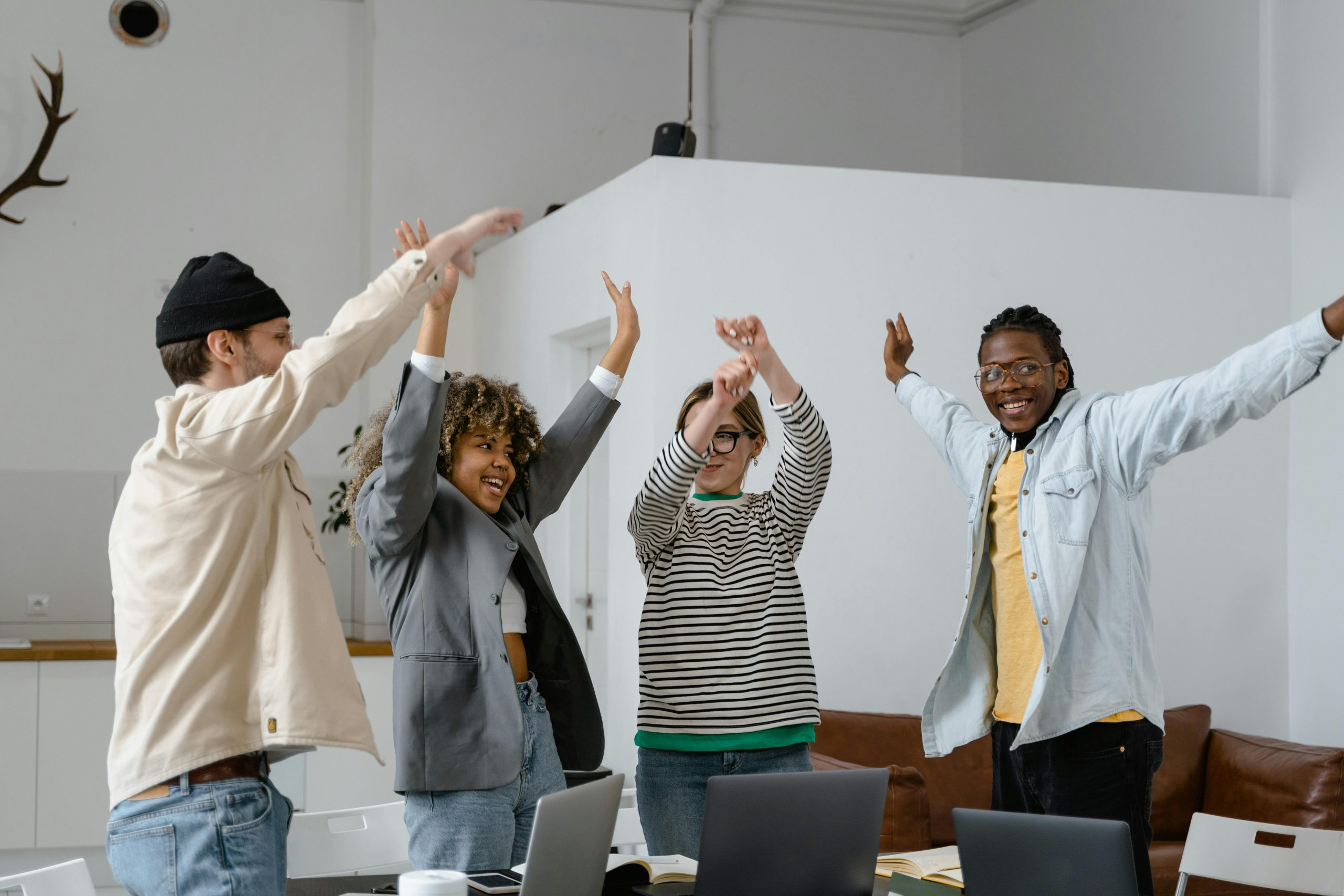Artificial Intelligence and Human Collaboration: The New Workplace Dynamic
Artificial Intelligence (AI) has undoubtedly revolutionized the modern workforce, bringing about a new age of efficiency and productivity. With the rapid advancements in technology, AI has paved the way for a new workplace dynamic – one that involves the collaboration between humans and machines. This partnership has proven to be a game-changer in various industries, leading to increased productivity, streamlined processes, and greater job satisfaction. In this article, we will explore how AI and human collaboration are reshaping the workplace and the impact it has on businesses and employees.
The Rise of AI in the Workplace
The idea of AI in the workplace may have seemed like a science fiction concept a few decades ago, but today, it is a reality. From virtual assistants and chatbots to predictive analytics and automated processes, AI has transformed the modern workplace in more ways than one. In fact, according to PwC’s Global Artificial Intelligence Study, AI is expected to contribute over $15.7 trillion to the global economy by 2030.
The rise of AI can be attributed to its ability to analyze vast amounts of data in a fraction of the time it would take a human. This has led to more accurate decision-making and has enabled businesses to identify patterns and trends that were previously undetected. As a result, AI has become an integral part of many business operations, from customer service and marketing to finance and HR.
The Impact of AI on the Modern Workforce
With AI taking over tedious and repetitive tasks, many may fear that it will lead to job losses and replace human workers. However, the reality is quite the opposite. According to a report by the World Economic Forum, while 75 million jobs may be displaced by AI, an estimated 133 million new roles will be created by 2022, leading to a net gain of 58 million jobs. These new jobs will require a different set of skills, and that’s where the concept of human collaboration with AI comes into play.
Instead of replacing human workers, AI is freeing up their time to focus on higher-level tasks that require critical thinking, problem-solving, and creativity – skills that machines are yet to master. This shift in roles has led to an increase in job satisfaction and has made the workplace more enjoyable for employees. Furthermore, AI has made it possible for businesses to automate mundane tasks and increase efficiency, leading to reduced costs and increased profits.
The Role of Human Collaboration in the AI Era
While AI can perform many tasks with speed and efficiency, it lacks the ability to understand human emotions and context fully. This is where human collaboration comes into play. By working together, humans can provide empathy, emotional intelligence, and creativity, which are essential elements in many job roles. For example, AI can quickly analyze large volumes of data, but it still needs human intervention to interpret and apply the insights effectively.
Furthermore, collaboration between humans and AI leads to improved decision-making. AI can provide data-driven insights, and humans can bring their experience and intuition to the table. Together, they can make more accurate and well-informed decisions, leading to better business outcomes. This is especially beneficial in industries such as healthcare, finance, and marketing, where decisions can have a significant impact on people’s lives.
The Challenges and Opportunities of Human Collaboration with AI
While AI and human collaboration have many advantages, it also comes with its own set of challenges. One of the main concerns is ensuring transparency and ethical use of AI. As machines become increasingly integrated into the workplace, it is essential to have policies in place to protect data privacy and prevent bias in decision-making.
However, with the right approach, human collaboration with AI presents a plethora of opportunities for businesses. It can help businesses adapt to rapidly changing market trends, increase productivity and efficiency, and create new job opportunities that require a blend of human and AI skills.
Conclusion
In conclusion, the collaboration between humans and AI is redefining the workplace dynamic. As AI continues to evolve, its impact on the workplace will also grow, making it crucial for businesses to embrace this new partnership. With the right approach, AI and human collaboration can lead to increased productivity, improved decision-making, and a more satisfying work experience for employees. It’s time for businesses to prepare for the future of work by leveraging the benefits that AI and human collaboration have to offer.









